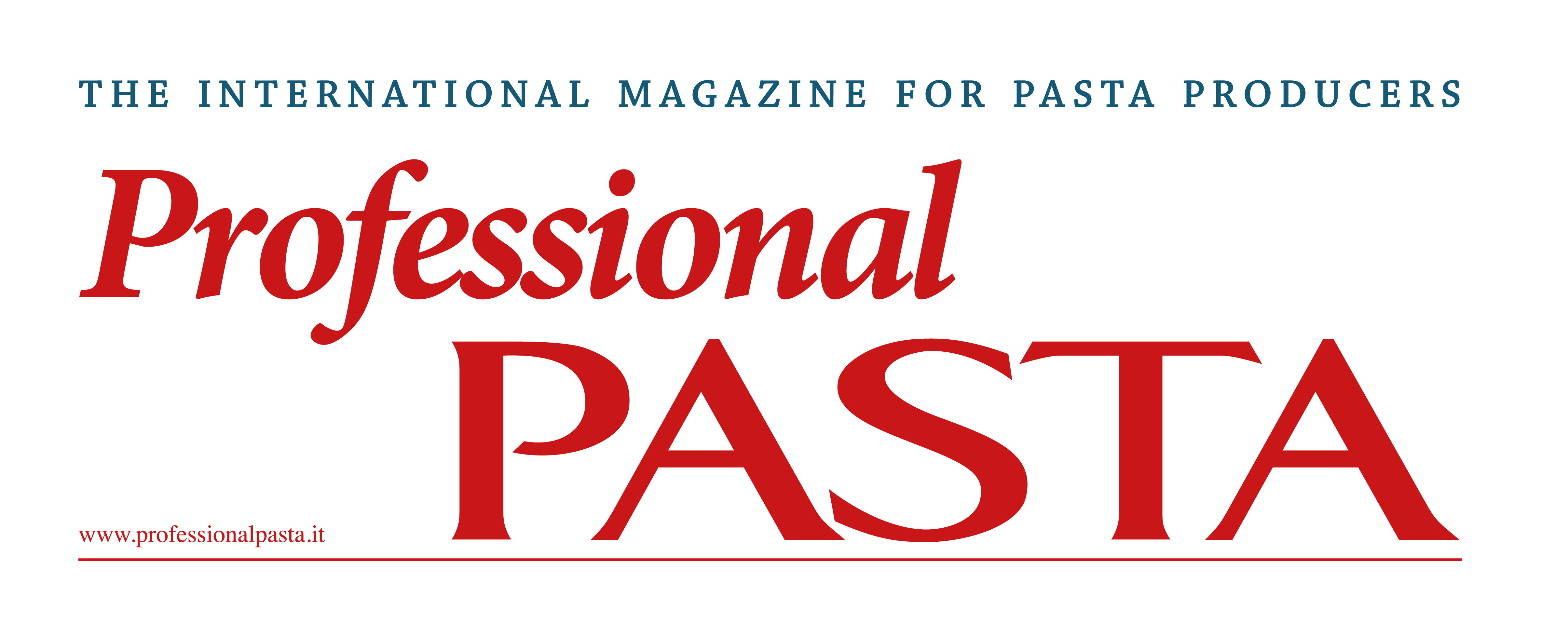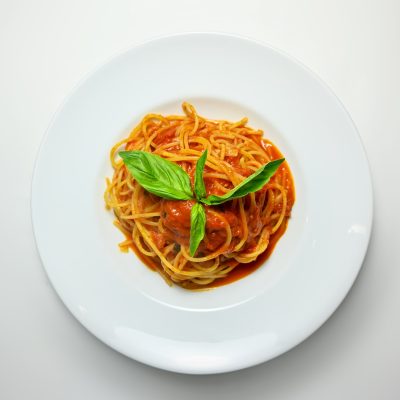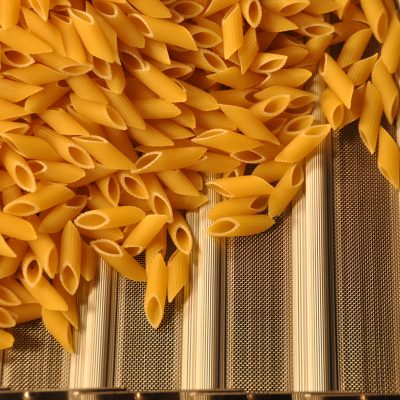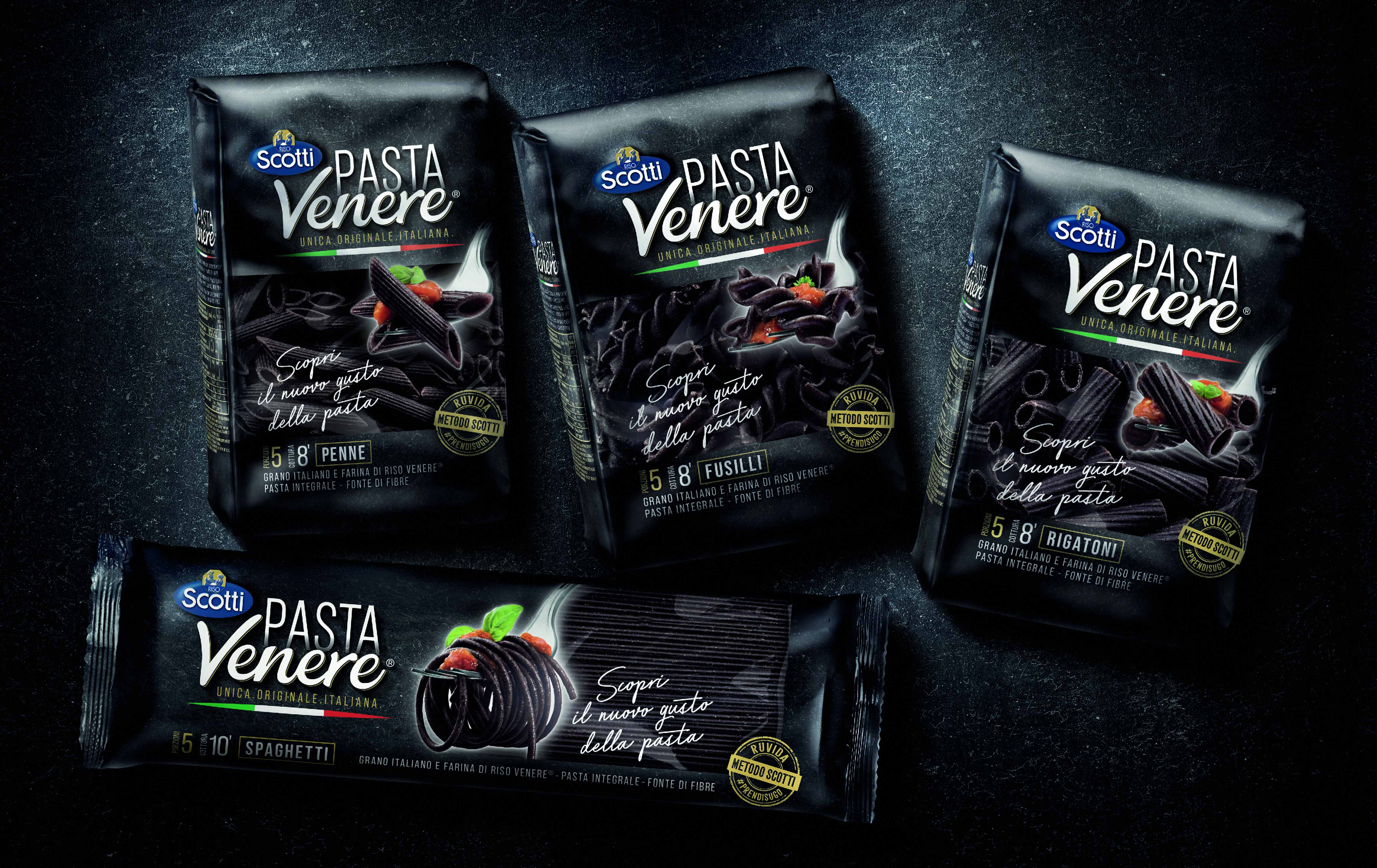Pasta, past and future
Egypt was the cradle of one of the earliest and greatest civilisations ever existed. The complex history of its success starts from a basic precondition: it was an agrarian society, and it could thus feed specialised workers, divide labour, think big. Ancient Egyptians produced the ancestor of our beer (a much denser and sweeter version of our beloved drink), and Herodotus holds that they kneaded dough with their feet to make spelt loaves. When milled, Egyptian’s hard grains produced a kind of semolina that resulted in a very tough dough once it was mixed with water, and it could only be worked well with the strength of the feet. Durum wheat was one of the most common grains used in ancient Egypt, alongside barley. However, the main variety grown for a long time until the Western Middle Ages was husked wheat, that is, emmer. Only during the medieval period Egypt introduced durum wheat, which at that point became one of the most important actors in the Egyptian market.
Kamut: an ancient Egyptian crop?
The story goes that, after the II World War, an American pilot found a handful of grains inside a stone box in a tomb near Dashur, in Egypt. Thirty-six kernels, in particular. Later, he gave the kernels to a friend of his, whose father had a farm in Montana. The farmer planted the grains, and named the small crop “King Tut’s Wheat”. After a few years the grain was bought by another Montana farmer, T. Mack Quinn. Mack Quinn did his homework, and found out that “King Tut’s Wheat” originated in the Fertile Crescent and had not been modified since. He and his son trademarked the name “Kamut” (Egyptian for “wheat”). All in all, it would be wrong to think that Kamut was an ancient Egyptian crop, specifically. It is more likely that this grain was widespread in a large fertile area that also included Egypt (the eastern side of the Sinai Peninsula), as well as parts of modern-day Iraq, Israel, Syria, Lebanon, Palestine, Jordan, Kuwait and Iran. Kamut is characterized by large kernels (twice the size of normal wheat) and a sweet flavour. It is appreciated for its high levels of healthy fatty acids and proteins.
Subscribe to the magazine to read the full article








